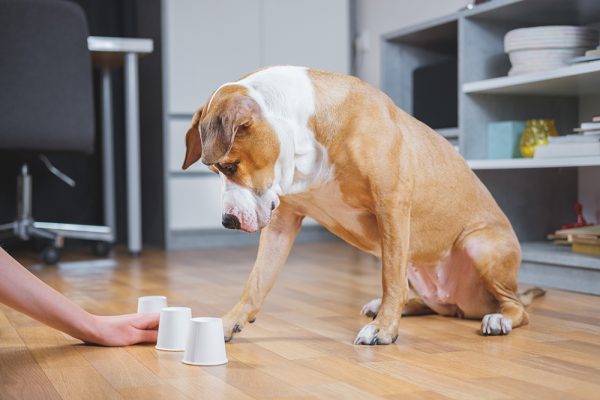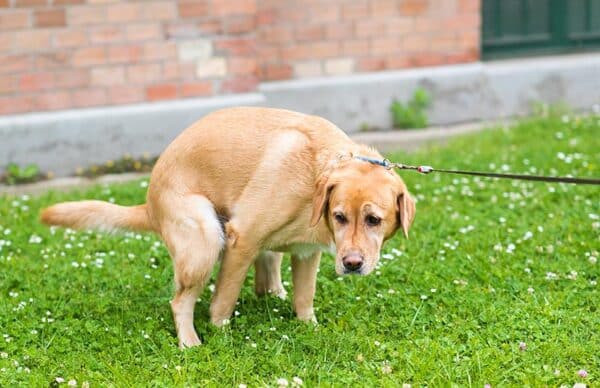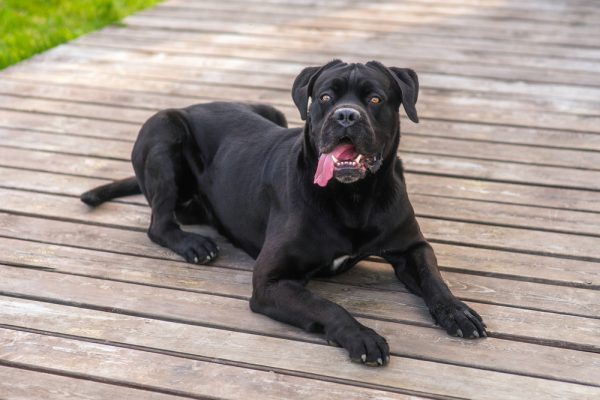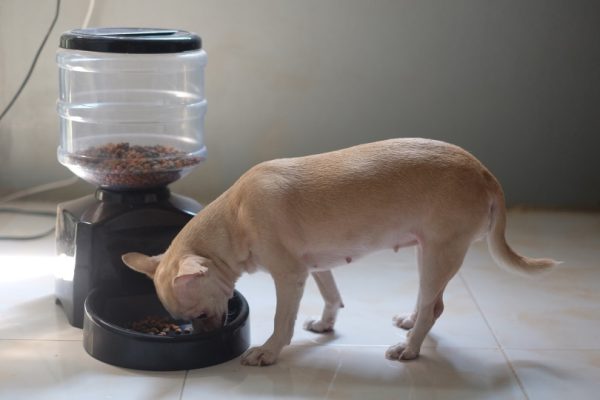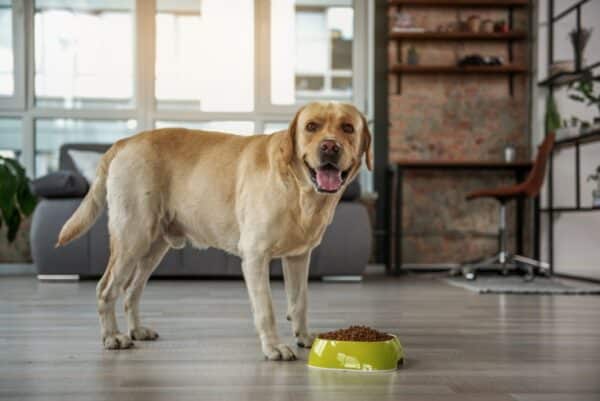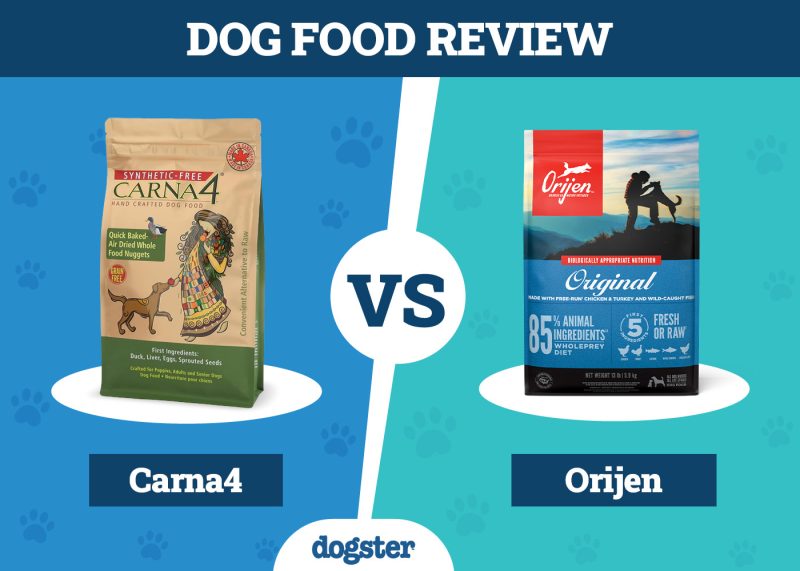In this article
The Portuguese Water Dog is a lively, well-mannered, and high-energy working dog. The breed was made even more popular when President Obama’s family introduced their two Porties, Bo and Sunny, into the US White House.
Portuguese Water Dogs have a long heritage as gun dogs, and they were originally bred by fishermen. If you plan on taking one in as a companion, it’s nice to know how big they will get, when they’ll stop growing, and how to measure and ensure optimal growth. As adults, they weigh 37.5–47.5 pounds and can reach 18 to 21 inches tall.
Keep reading to learn about the Portuguese Water Dog’s physical characteristics, growth patterns, and size variation between sexes.

Portuguese Water Dog Breed Overview
Portuguese Water Dogs are burly canines with a thick, curly mane and low shedding qualities. They were initially bred on Portugal’s coast. Since their working days, they have been kept as pets due to their positive traits and characteristics.1 They’re excellent companions for many households, including those with small children, and will thrive if a pool, pond, or beach is nearby.
They’re intelligent and can skillfully perform water-based activities such as hunting and rescue efforts. As a working dog, they need plenty of daily exercise and activities to be physically and mentally healthy. However, keeping them in a fenced-in backyard is essential so they don’t roam.
Water dogs have an independent streak, but they prefer their owner’s company; loneliness can cause separation anxiety. If left alone for long periods, they may exhibit destructive behavior such as scratching, digging, and chewing if stressed.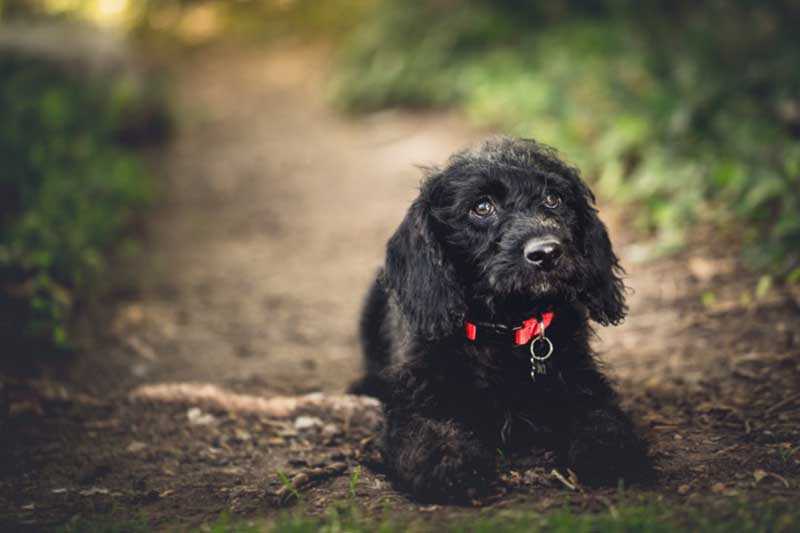
Portuguese Water Dog Size and Growth Chart
The Portuguese Water Dog is a medium-sized breed that weighs between 35 and 60 pounds and reaches 7 to 23 inches in height. With a final predetermined size revealed at around the age of two, they continue to grow and will reach adult height by the time they’re 18 months old.
Male Portuguese Water Dogs are heavier than females on average, as they can grow to between 42 and 60 pounds compared to their counterparts’ 35 to 50 pounds. A male Portie will stand around 20 to 23 inches, while a female can only be as tall as 17 to 21 inches.
Here’s a table comparing the ages of Portuguese Water Dogs and their weight and height ranges.
| Age | Weight Range | Length Range |
| 2 months | 5–8 pounds | 7 to 9 inches |
| 4 months | 9–10.5 pounds | 8 to 10 inches |
| 6 months | 11–12.5 pounds | 9 to 11 inches |
| 6 months | 12.5–17.5 pounds | 10 to 12 inches |
| 8 months | 18–21.5 pounds | 13 to 15 inches |
| 12 months | 22.5–30 pounds | 14 to16 inches |
| 14 months | 31–33.5 pounds | 16 to 19 inches |
| 16 months | 34–37 pounds | 17 to 20 inches |
| 18 months | 37.5–47.5 pounds | 18 to 21 inches |
When Does a Portuguese Water Dog Stop Growing?
A Portuguese Water Dog will reach adult size by the time they’re 18 months old, but they can take at least 2 years to achieve maximum weight. They’re quick-growing dogs that matures faster than most medium-sized dogs, although their growth rate slows during adolescence.
After 6 months, your teenage Portuguese Water Dog will start filling out and gaining muscle mass, weight, and height. During this time, regular vet checkups and a healthy diet focused on nutritional quality instead of quantity are essential to support this growth burst.2
If you get the diet balance right, you can prevent obesity. The amount of food should equal their activity level and age. Hold back on treats, especially if your pet has completed training. Consult your vet if you have concerns about your dog’s weight.

Factors Affecting the Size of Portuguese Water Dogs
Several factors play a role in a Portuguese Water Dog’s growth process, some of which will impact their weight or height. While some aspects, such as diet or activity levels, are manageable, others, like gender and genetics, are beyond your control.
Gender and Genetics
Genetics plays a central role in the size growth of your Portuguese Water Dog. You can estimate your puppy’s adult weight or height by looking at the parents. It’s, therefore, essential to find out your dog’s breed history to anticipate how big they’ll get due to the inherited genes.
Regarding sex, the males are taller and heavier than the females.
Nutrition
Besides affecting the health of your Portuguese Water Dog, their diet can impact their size. Therefore, you must offer your pet balanced, nutritious food, spreading feeding time into two meals per day once they reach adulthood.
Include all nutrients in your dog’s meals if you prepare them at home and inspect commercial foods to ensure their source of protein is real meat or fish. With the guidance of your vet or pet nutrition specialist, you can also supplement this diet with vitamins and minerals.
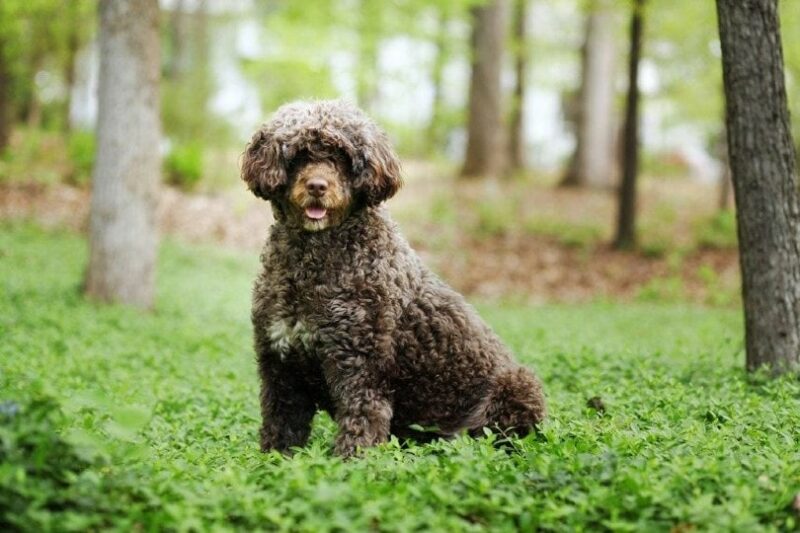
Health and Exercise
The Portuguese Water Dog needs a fair amount of physical activity. Since they were initially bred for fishing, they’re not lazy dogs; exercise will help them cope if they’re not employed as working canines. It’s best to provide at least an hour of exercise and mental stimulation daily.3
Porties love water, and it’s recommended that you give them access to a swimming pool, pond, or beach if possible. The dog will thrive outdoors, and they’re the perfect companion for bike rides, jogs, or hikes to keep them active and mentally or physically stimulated.
Have your pet participate in as many activities as possible, enrolling them in agility competitions or hunting and fishing expeditions. These activities provide an outlet for their intelligence and energy levels and prevent the development of destructive behavior or disobedience.

Ideal Diet for Maintaining a Healthy Weight
The Portuguese Water Dog requires a fair amount of protein, such as lean meats, fish, poultry, and eggs. They require a nutritionally dense diet to build strong muscles and bones.
It is also helpful to avoid poor-quality commercial meals, as some of their ingredients are detrimental to maintaining a healthy weight. To ensure your Portie stays healthy, you can talk to your vet to help you develop a nutritious diet.
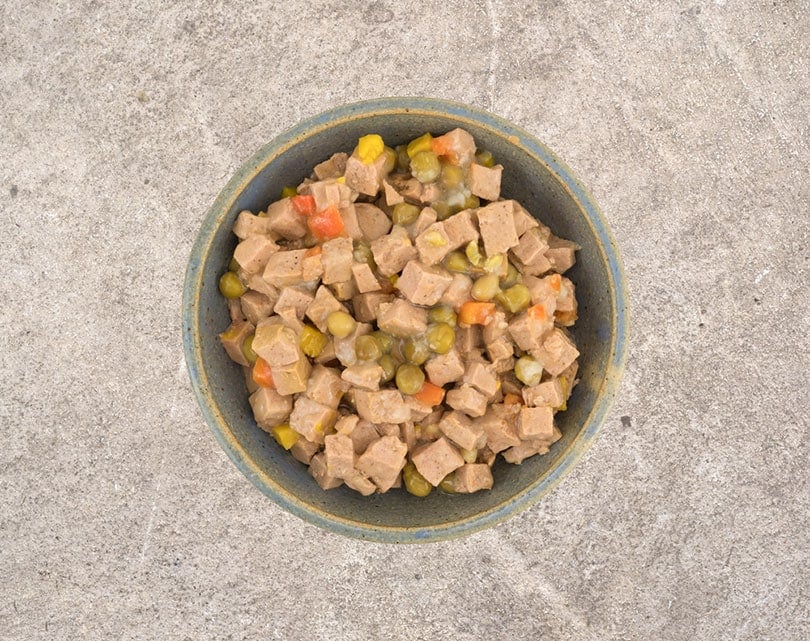
How to Measure Your Portuguese Water Dog
Knowing your Portuguese Water Dogs’ size is essential to determining whether they’re growing correctly or are prone to being underweight, overweight, or obese. These measurements will also assist in acquiring suitable-fitting collars, harnesses, clothes, carrying crates, kennel doors, or beds for your pet.
You can use a measuring tape for their height and a scale for their weight. If you don’t have a canine-friendly scale, a typical bathroom scale will do. After weighing yourself, you’ll weigh yourself while holding your dog and then subtract the first number from the second.
For the height, have your dog stand on a flat surface. Measure from the ground to their withers or the highest point below the base of the neck and between the shoulder blades. It’s generally between 20 and 23 inches for adult males or 17 to 21 inches for females over 16 to 18 months old.


Final Thoughts
Portuguese Water Dogs are highly intelligent, active, spirited, and eager-to-please canines that grow to medium size and weight. They’re ideal for active families and those willing to give the dog sufficient mental and physical stimulation through exercise and other activities.
If you’re an outdoorsy family who doesn’t live in a cramped apartment, the Portuguese Water Dog is the right pet for you. Our size and growth chart is a guide to help you estimate your dog’s weight as they age, but it’s best to maintain yearly veterinary appointments to ensure they stay healthy and happy.
Related Reads:
- How Long Does a Portuguese Water Dog Live? Average & Maximum Lifespan
- How to Measure a Dog for Clothes: 4 Key Tips
Featured Image Credit: Lynda McFaul, Shutterstock





